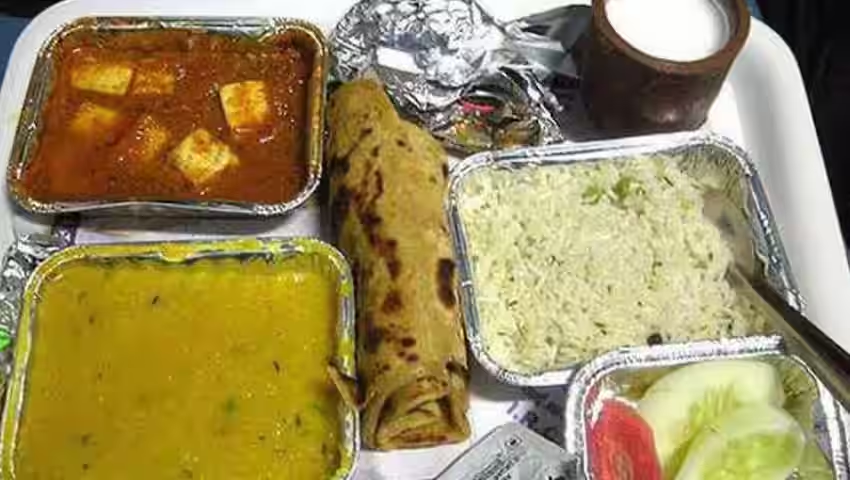For centuries, dietary choices in India have been influenced by a complex interplay of religion, culture, affordability, and regional preferences. Chicken, mutton (goat meat), fish, and eggs have traditionally been the go-to sources of animal protein for a large part of the Indian population. However, a recent surge in the prices of these meats could cause a shift in consumption patterns, with some Indians turning to beef and pork, previously avoided for religious or social reasons.
The Price Pinch: Poultry, Seafood Costs Skyrocket
The past year has witnessed a significant rise in the prices of poultry and seafood in India. Here’s a breakdown of the key factors contributing to this price hike:
- Livestock Diseases: Outbreaks of diseases like bird flu have decimated poultry stocks, disrupting supply chains and driving up chicken prices.
- Feed Cost Inflation: The rising cost of animal feed, due to factors like the Ukraine war and global grain price fluctuations, has impacted poultry and fish farming profitability, forcing producers to raise prices.
- Fuel Price Hike: The increase in transportation costs has translated to higher delivery charges for both poultry and seafood products, further inflating retail prices.
- Seafood Shortage: Overfishing and stricter regulations have limited fish catches, leading to a shortage and a subsequent rise in seafood prices.
Chicken: No Longer the Affordable Option?
Chicken, once considered a budget-friendly source of protein, has become increasingly expensive. According to a report by [source for chicken price increase in India], broiler chicken prices in India have risen by over 30% in the past year. This significant price jump has forced many consumers, particularly those belonging to lower-income brackets, to re-evaluate their meat choices.
The Allure of Alternatives: Beef and Pork Consumption on the Rise
With traditional protein sources becoming less affordable, some Indians are exploring alternative options. This includes a potential rise in beef and pork consumption, which were previously avoided by a large section of the population due to religious or cultural beliefs.
- Beef: While cow slaughter is banned in most Indian states due to religious reverence for cows, there has been a reported increase in buffalo meat consumption, particularly in states like Kerala and West Bengal.
- Pork: Pork consumption is more prevalent in the Northeast and some southern states of India. However, there are signs of growing demand in other regions as well, driven by affordability.
A Complex Issue: Beyond Just Price
The potential shift towards beef and pork consumption is a complex issue with various socio-economic and religious considerations. Here’s a closer look:
- Religious Sensitivities: The rise in beef consumption, especially cow meat, might be met with resistance in certain parts of India where cow slaughter is banned for religious reasons.
- Social Stigma: In some communities, pork consumption carries a social stigma. Overcoming these ingrained beliefs could take time.
- Availability and Infrastructure: The availability of beef and pork might be limited in certain regions, requiring an expansion of cold chain infrastructure and distribution networks.
The Future of Protein Consumption in India
The evolving scenario in the Indian meat industry presents both challenges and opportunities:
- Need for Sustainable Practices: The poultry industry needs to adopt sustainable practices to prevent disease outbreaks and ensure a stable supply chain.
- Alternative Protein Sources: Encouraging the consumption of alternative protein sources like lentils, pulses, and plant-based meat substitutes could help alleviate pressure on traditional meat options.
- Improved Cold Chain Infrastructure: Investing in better cold chain infrastructure is crucial to minimize spoilage and ensure wider availability of various meats across the country.
Conclusion: A Balancing Act
The rising prices of poultry and seafood are forcing a reevaluation of protein sources in India. While the potential increase in beef and pork consumption is a trend to watch, navigating this shift requires a sensitive approach that acknowledges religious and social sensitivities. By focusing on sustainable practices, exploring alternative protein options, and improving infrastructure, India can ensure food security and cater to the evolving dietary needs of its population.






